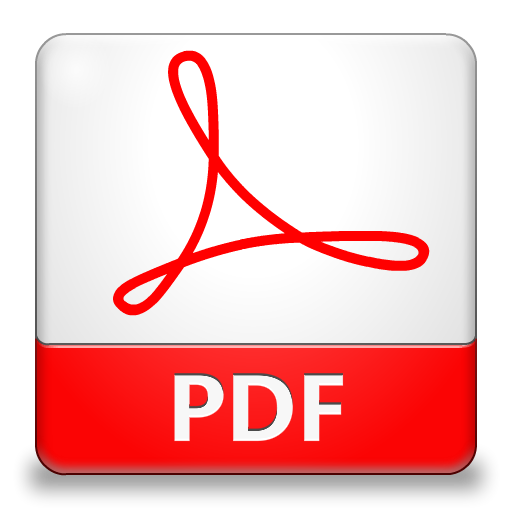In a recent Farming Ahead article on “Counting the cost of subsoil constraints”, which outlined the results of a Dept of Agriculture and Food Western Australia (DAFWA), they studied three sub soil constraints and there estimated cost per year if not addressed:
- Soil sodicity – $54/ha
- Soil compaction – $52/ha
- transient salinity – $19/ha
The report provides an economic analysis of these sub soil constraints on crop yields, cost structures and profits to better measure the effect of the soil amelioration and soil improvement measures. Given there has been a lot of work on the yield increases of fertiliser application it is great to see a report on the potential yield increases from good soil amelioration programs.
The DAFWA figures for the WA grain growers showed:
- soil compaction caused about 10-30% yield penalties
- sub soil acidity can reduce yields by 10-30% with canola and barley the most effected (46%), wheat (13%) and lupins aren’t effected by acidity
- transient salinity may effect yield by 15% depending on the severity and crop type
The report goes on to outline the returns on investment from soil amelioration.
- Liming to correct subsoil acidity has the most potential to increase profitability with up to $11 returned for every dollar spent (~$63/ha profit increase)
- Deep ripping and deep working with controlled traffic to manage compaction can return $9 for every dollar spent (~$35/ha profit increase)
- Correcting subsoil sodicity with gypsum applications can return $1.40 for every dollar spent (~$9/ha profit increase), with the non measured benefit of adding sulphur at the same time as calcium
Obviously these numbers are based on the specific area and constraints but it is good to see an organisation putting a dollar figure on the cost and the potential increase in profits through soil amelioration. There is also work being done on paddocks that have had a long history of good soil amelioration and lower grain screening issues during harvest.










